Tag: edema
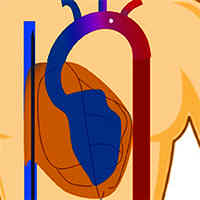
Arterial Carbon Dioxide and Acute Brain Injury in VA-ECMO
Acute brain injury (ABI) occurs frequently in patients receiving venoarterial extracorporeal membrane oxygenation (VA-ECMO). We examined the association between peri-cannulation arterial carbon dioxide tension (PaCO2) and... read more

POCUS of the Heart and Lungs in Patients with Respiratory Failure
Point-of-care ultrasound (POCUS) is a focus oriented tool for differentiating among cardiopulmonary diseases. Its value in the hands of emergency physicians, with various ultrasound experience, remains uncertain. We tested... read more

A Novel Negative Pressure-Flow Waveform to Ventilate Lungs for Normothermic Ex Vivo Lung Perfusion
Ex vivo lung perfusion (EVLP) is increasingly used to treat and assess lungs before transplant. Minimizing ventilator induced lung injury (VILI) during EVLP is an important clinical need, and negative pressure ventilation... read more
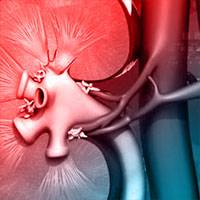
Management of late onset urea cycle disorders-a remaining challenge for the intensivist?
Awareness of urea cycle disorders in adults intensive care units can optimize early management and accordingly dramatically improve prognosis. By preventing hyperammonemia to induce brain edema and herniation leading to death. Hyperammonemia... read more

Decompensated Hypothyroidism: Why do we miss it, and how do we improve?
A 75-year-old female is brought to the Emergency Department (ED) by emergency medical services (EMS) for altered mental status. Vital signs include BP 87/64, HR 55, T 92.6 rectal, RR 12, SpO2 95% on room air. She is oriented... read more

ED Management of Smoke Inhalation Injury in Adults
When treating patients who have suffered injury in a fire, managing their airway is as critical as treating their burns. Following on the February 2018 issue on Thermal Burns, this issue reviews strategies for diagnosing... read more

First Portable MRI Scanner for Neuro ICU
Health technology incubator Hyperfine Research and the Yale School of Medicine are testing out a first-of-its-kind, portable MRI scanner in the neuro intensive care unit (ICU). The point-of-care system, designed by Hyperfine,... read more

Surviving Refractory Out-of-Hospital Ventricular Fibrillation Cardiac Arrest
Multi-system organ failure is ubiquitous but treatable with adequate hemodynamic support. Neurologic recovery was prolonged requiring delayed prognostication. Immediate 24/7 availability of surgical and medical specialty... read more
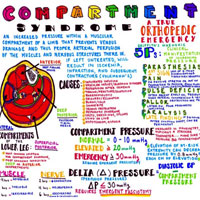
The Dreaded Acute Compartment Syndrome
When obtaining intracompartmental pressures, place the catheter within 5cm of the fracture level, with the transducer secured at the level of the measured compartment. Make sure to keep the catheter tip outside of the actual... read more

The Fluid Debate: Balanced or Unbalanced
Consider using balanced fluids in your ED unless you are treating a patient at risk for cerebral edema, or a patient with a chloride responsive metabolic alkalosis, e.g. from gastric losses. Although the superiority of balanced... read more
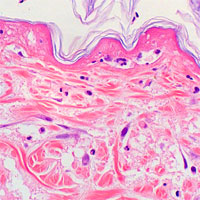
Tissue Edema, Fluid Balance, and Patient Outcomes in Severe Sepsis
Severe sepsis and septic shock remain among the deadliest diseases managed in the intensive care unit. Fluid resuscitation has been a mainstay of early treatment, but the deleterious effects of excessive fluid administration... read more
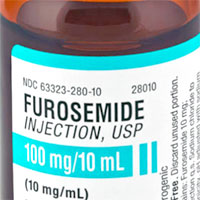
Furosemide in the Treatment of Acute Pulmonary Edema
CHF is a common problem in the US with over 5 million patients carrying the diagnosis and 500,000 new diagnoses each year.1 Cardiogenic acute pulmonary edema (APE) occurs when blood backs up into the pulmonary vasculature... read more
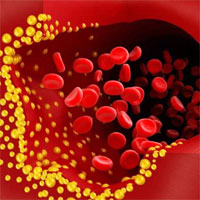
Low-volume Resuscitation with Normal Saline is Associated with Microvascular Endothelial Dysfunction After Hemorrhage
Low-volume resuscitation with normal saline is associated with microvascular endothelial dysfunction after hemorrhage in rats, compared to colloids and balanced crystalloids. Resuscitation with NS failed to inhibit syndecan-1... read more




